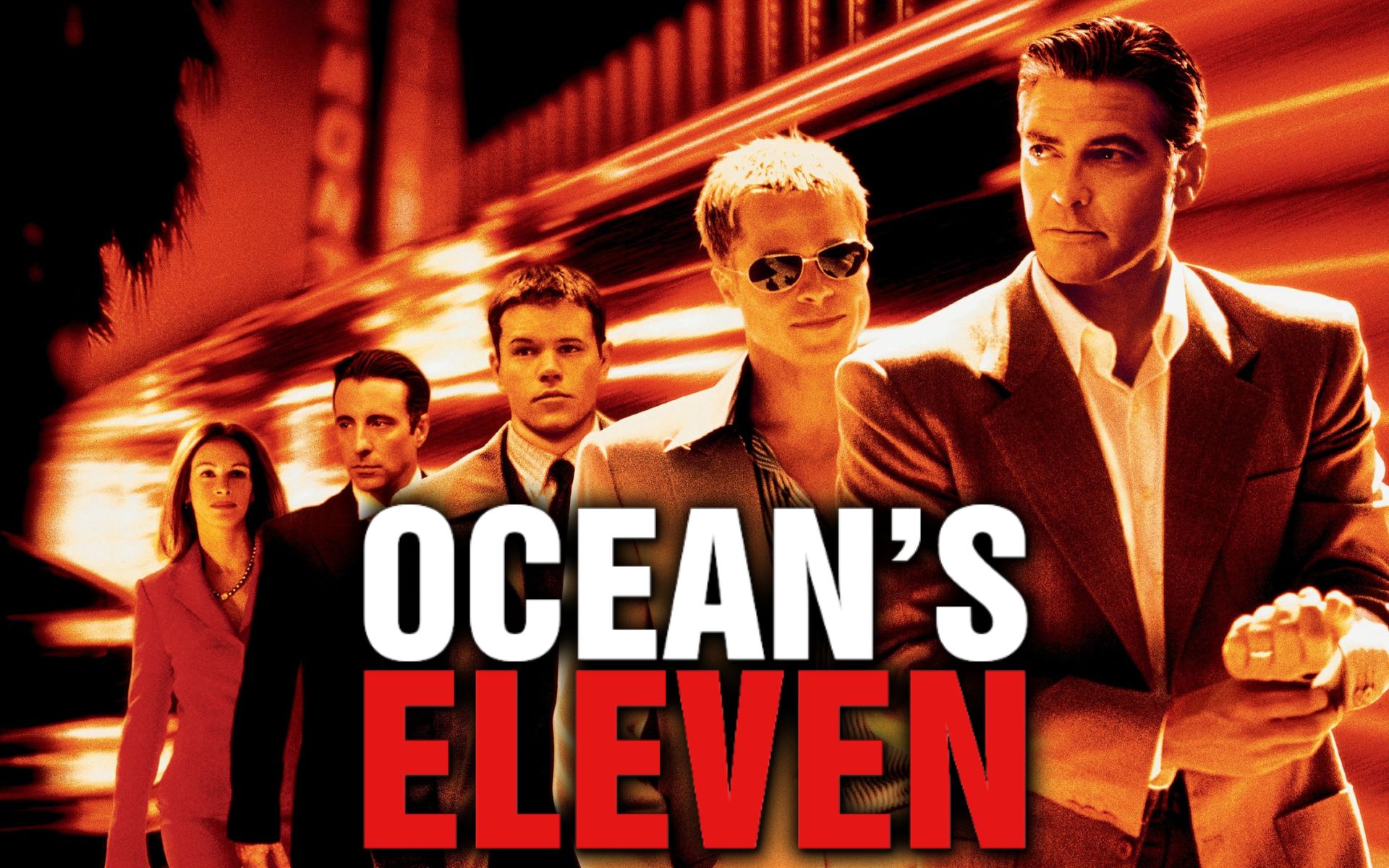John Krasinski has distinguished himself with a good command of the cinematic language of experimental stories. Actually, his saga Quiet place — a prequel set to premiere June 28, 2024 — is built on the ability to tell a lot with a little. Something similar happens in imaginary friends(2024), a naive story with tragic overtones, which does not hide its intention to become a traditional children’s fairy tale. He doesn’t take too many risks and uses an almost trivial view of childhood to touch on some deep themes. What works well so far the film manages to maintain a balance between humor and poignancy.
But when he doesn’t, John Krasinski’s feature film hits a difficult rut. Too cheesy for adults and a bit more complex than it might be for very young audiences. The script, which is also written by the director, lurches between digital images and hospital beds without finding a coherent tone. Much of the film is a combination of good intentions and a friendly story with a desire to make you laugh. That, amid hints of a desire to delve deeper into pain, loss, anxiety about impending death and mourning that did not materialize.
imaginary friends
Imaginary Friends is a mixture of a children’s story and a story about growing up from grief. Something like this only works with humor, but when it moves away from the jokes, it becomes sugar-coated and confusing. With several good moments and touching visuals, the film is breathtaking on several occasions. Although many others are simply boring.
It’s really hard for Krasinski to mix up the different scenarios he offers, especially when they’re so far apart. On one hand, this is the story of Bea (Cailey Fleming) and her family. Left orphaned by her mother and sick father (the same director), a twelve-year-old girl is trying to stand on her feet. The film tells the story through exciting and well-done credits, but it is ultimately uninformative. The script fails to convey Bea’s pain, fear or despair, nor what she feels now that she has to deal with her father’s heart disease after her mother’s death. An element he would later use to raise a curious plot conflict.
World of Friendly Monsters

On the other end of this dire situation is Bea’s newfound ability to see imaginary creatures. Do this with great detail and almost always with purpose. An idea that works flawlessly when the character first meets one of them – a cartoon butterfly voiced by Phoebe Waller-Bridge – quickly falls out of favor. This, despite her curious abilities, will lead Bea to meet Cal (Ryan Reynolds), who also has them and understands them much better than she does.
With that said, the film plays with the idea of this journey between two different territories united by imagination. On the one hand, how Bee manages to cope with the illness – and possible death – of her father. At the other extreme is his emotional duty to help rejected imaginary friends find new books. Of course, the film tries to mix both things in a story of growth, acceptance and hope. Especially when Bee and Cal’s injuries, They bring them together and allow them to form a friendship that follows the typical formula between the awkward adult and the brilliant girl.

However, the film fails to arrange its sequences in a way that makes people laugh or move. He either does one or the other, but when he tries both – and in the second part he insists on this theme more times than recommended – the plot becomes absurd and confusing. Especially since Reynolds plays a sappy version of a grump with good intentions. Which leads him to light humor or, at worst, to him playing himself several times.
A unique mix for a children’s film

Despite its flaws, Invisible Friends is strong enough to take its story to unusual places. Thinking about how to create or dream gives meaning to the most difficult moments, to how to support others in difficult situations. The film has a melancholy message, somewhat anachronistic but sweet, that works best when it doesn’t try to be purely symbolic. So, all the scenes in which Bee paints streets and buildings with the colors of his imagination, they celebrate a kind of tender cinema that is rarely seen these days.
In 2016, Juan Antonio Bayona did something similar with The monster comes to me. The Spaniard’s film showed how the mind and the desire to overcome pain can become a fertile field for dreams and creativity. Especially as a form of comfort. But imaginary friendsloses its pulse when trying to repeat a similar premise, especially since he reflects on his great and painful themes without coming to any conclusion.
Colourful, friendly and quirky, John Krasinski’s first attempt at a children’s movie fails in the way it conveys its ambitious message. Overall, the visuals and some of its more emotional scenes prevent the film from being completely let down. Good news for a story that, despite its flaws, has a lot to give.
Source: Hiper Textual














